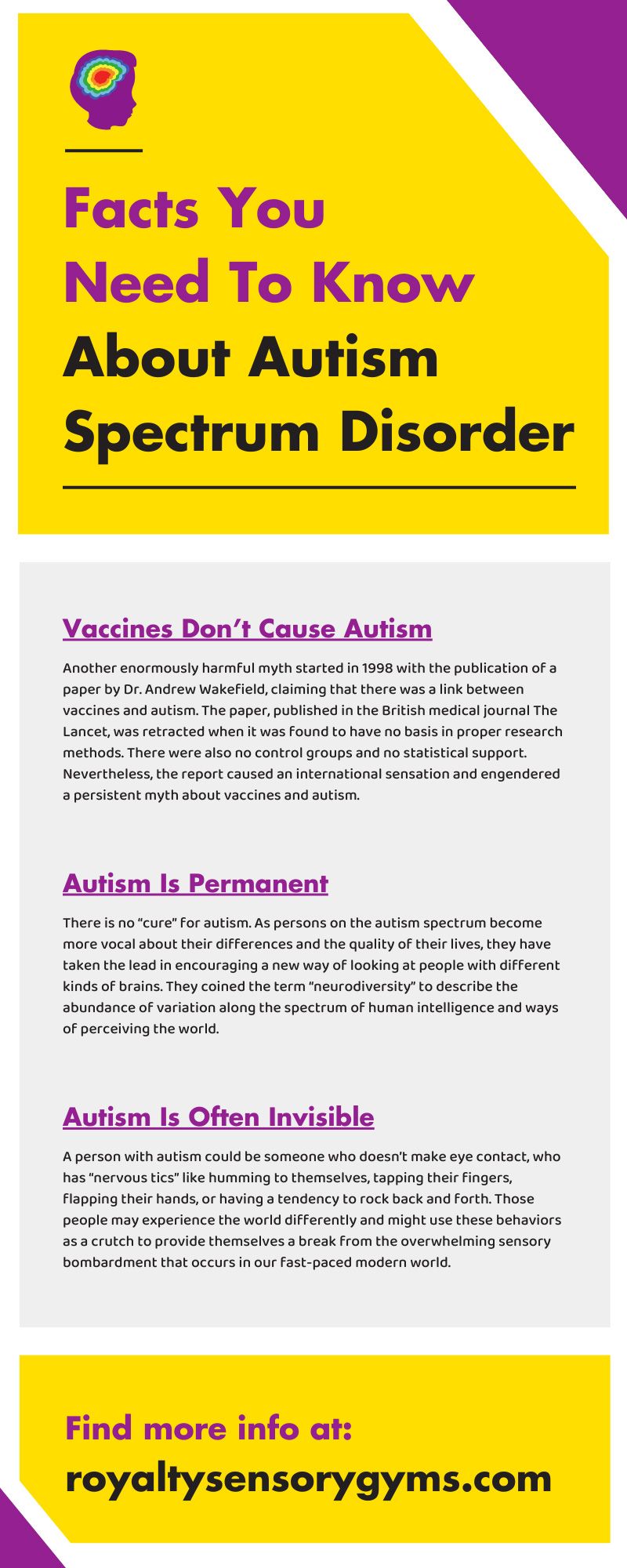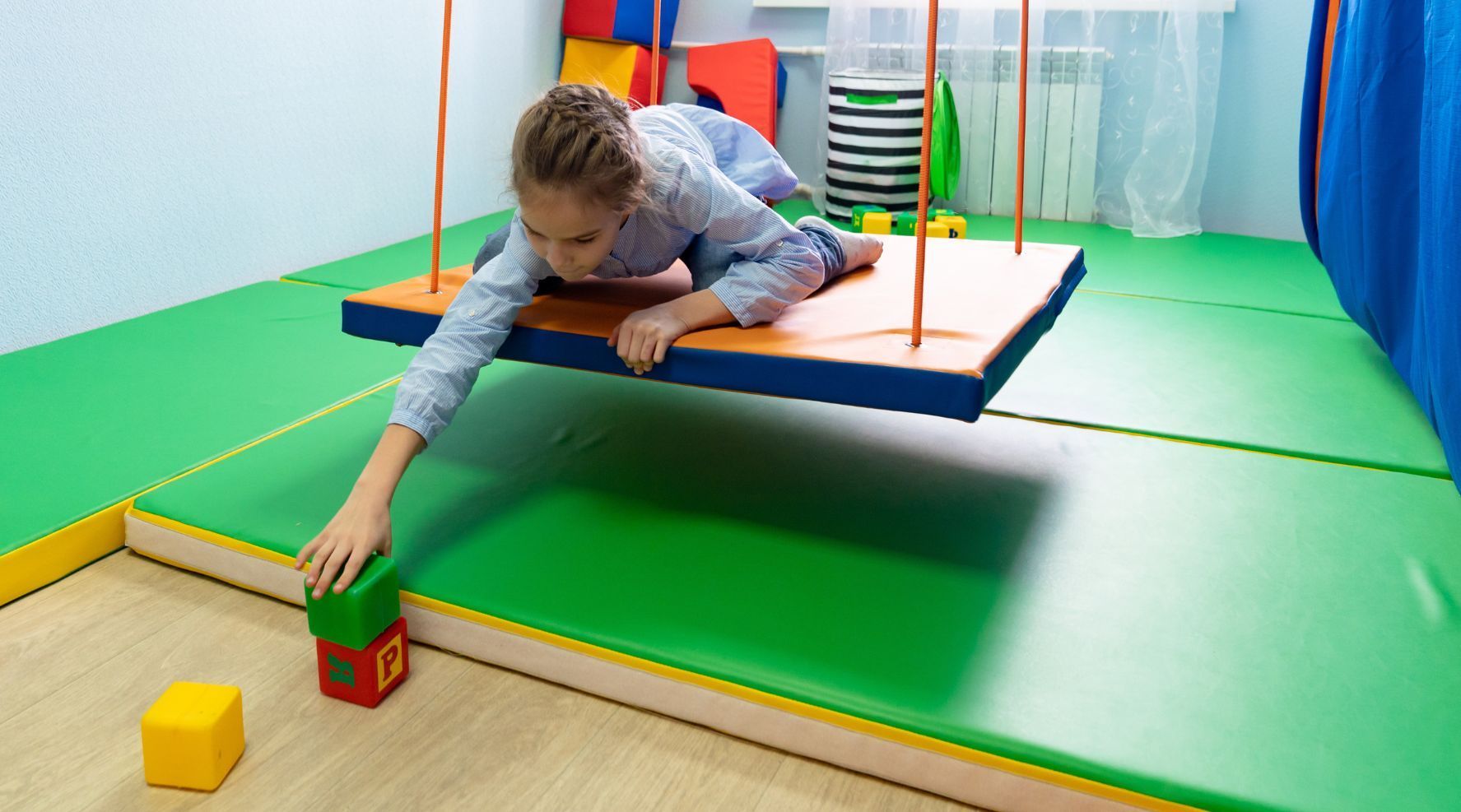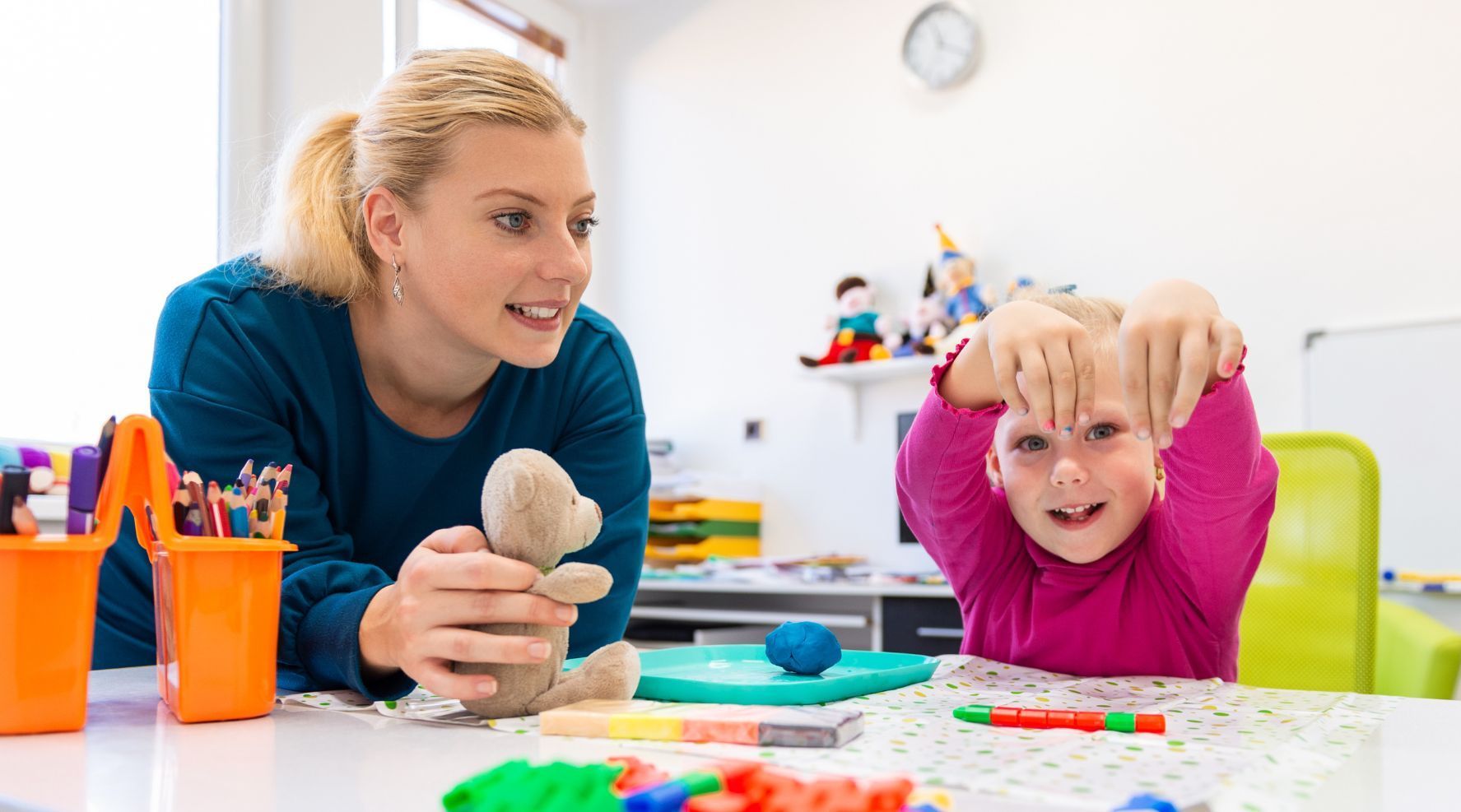10 Facts You Need To Know About Autism Spectrum Disorder
According to the US Centers for Disease Control, approximately 1 in 44 children in the United States have been identified as having an autism spectrum disorder. The prevalence of autism diagnoses has risen steadily since 2000, when the rate of autism was 1 in 150.
The reasons for the sharp increase are open to debate, but most researchers are landing on improved awareness and diagnosis, rather than an “epidemic” of unknown causes. As more children are identified earlier as being on the autism spectrum, schools are called upon to provide specifically tailored education services. In addition, first responders are receiving training in identifying persons with autism, and communities are learning to be more inclusive.
Nevertheless, myths and misconceptions about autism persist. Incorrect assumptions about autism can interfere with understanding the condition, as they are often spurred by stereotypical depictions in film or TV or caused by disinformation on social media. Learn these important facts you need to know about autism spectrum disorder.
If You’ve Met One Person With Autism, You’ve Met One Person With Autism
Every individual on the autism spectrum is unique, each having their own individual challenges and abilities. These differences must be met on their own terms. Any educational or therapeutic program for an autistic person must be created to address that person’s individual differences.
A common misconception is that all people with autism have some kind of “superpower,” either with music, math, memory, or visual art. While it’s true that many persons with autism have special abilities, it’s not true that all autistic people are “savants.”
Parents Don’t Cause Autism
From the 1940s to the 1970s, psychologists often blamed “refrigerator mothers” for autism; this misdiagnosis trend started with psychologist Leo Kanner and persisted through Bruno Bettelheim. They claimed that cold and unaffectionate parenting caused autism. This idea created decades of pain and misunderstanding for families with autistic kids.
However, the “blame the mother” idea may have begun decades earlier with Sigmund Freud. But the refrigerator mother idea was debunked in the 1970s, starting with Autism Research Institute founder Dr. Bernard Rimland. Himself an autism parent, Dr. Rimland devoted himself to improving the lives of families affected by autism. Researchers have since then proven that parental behavior does not cause autism, spurred by Dr. Rimland’s research.
Vaccines Don’t Cause Autism
Another enormously harmful myth started in 1998 with the publication of a paper by Dr. Andrew Wakefield, claiming that there was a link between vaccines and autism. The paper, published in the British medical journal The Lancet, was retracted when it was found to have no basis in proper research methods. There were also no control groups and no statistical support.
Nevertheless, the report caused an international sensation and engendered a persistent myth about vaccines and autism. Thousands of studies since the paper’s publication have shown that there is no connection between vaccination and autism.
Autism Is Permanent
There is no “cure” for autism. As persons on the autism spectrum become more vocal about their differences and the quality of their lives, they have taken the lead in encouraging a new way of looking at people with different kinds of brains. They coined the term “neurodiversity” to describe the abundance of variation along the spectrum of human intelligence and ways of perceiving the world.
Now, it’s common for persons on the spectrum to be described as “neurodiverse,” while people not diagnosed with ASD may be referred to as “neurotypical.” These terms recognize that much of what is considered “normal” comes from societal expectations, and the diversity of human brains and behavior is not carefully considered. Those whose behaviors defy “normal” expectations wish to be recognized as being fully integrated into the vast array of human possibilities.
While it’s a permanent condition, having autism doesn’t mean autistic people don’t grow and learn. Children on the autism spectrum can learn socially acceptable behavior, as well as develop skills from reading to math to cooking and doing laundry.
Autism Is Often Invisible
Some people are first diagnosed with autism as adults. They often feel a huge sense of relief after receiving a diagnosis that explains much of their experience of difference throughout their lives.
A person with autism could be someone who doesn’t make eye contact, who has “nervous tics” like humming to themselves, tapping their fingers, flapping their hands, or having a tendency to rock back and forth. Those people may experience the world differently and might use these behaviors as a crutch to provide themselves a break from the overwhelming sensory bombardment that occurs in our fast-paced modern world.
Persons on the spectrum have trouble decoding social norms and find it difficult to form friendships. They may be overly direct and lack tact without understanding why their bluntness is a problem. When the people they are trying to relate to don’t understand that autism could be an explanation, relationships could suffer.
Behavior Forms the Basis of an Autism Diagnosis
There is no blood test or scan that can form the basis of an autism diagnosis. Instead, autism is defined by behavior that includes difficulty with social and emotional “reciprocity,” understanding non-verbal communication, and developing and maintaining relationships. Additionally, there must be restricted or repetitive behaviors like a need for a rigid routine, repetitive motions or speech patterns, intense, focused interests, or strong reactions to sensory inputs from the environments the person encounters.
Early Diagnosis Improves Outcomes
Early intervention for children diagnosed as being on the autism spectrum can make a significant difference in outcomes in later life. These interventions must be customized to an individual child’s needs and may involve speech, occupational, and physical therapies, as well as therapies designed to help a child cope with overwhelming sensory inputs.
Therapists often use sensory integration therapy equipment such as roller slides, mini-trampolines, crash pads, dimmed lights and gentle music, swings, and a variety of objects with different textures. This type of therapy allows children to experience and begin to sort out different sensations; also, it allows them to get a better understanding of how to cope with environments that may overwhelm them with bright lights, loud noises, or large crowds.
Gender Differences May Skew Diagnosis
It’s often repeated that autism spectrum disorders affect boys four times more often than girls. But clinicians and researchers have begun to acknowledge that this idea may be self-perpetuating. In other words, psychologists and special educators look for symptoms in boys more often than they do girls and may therefore miss more subtle signals of difference that girls display. Medical and school personnel may write off symptoms in girls as simply characteristics of female behavior instead of indicators of autism.
Diagnostic criteria were developed primarily from observations of behavior in boys. Only recently have researchers, psychologists, and especially teachers been sensitized to look for different symptoms in girls. For example, girls tend to display fewer or less intense repetitive behaviors than boys. And while the developing brains of girls are more like the brains of typical boys, they also seem to have a greater ability to mask their symptoms and learn how to “blend in.”
Persons on the Autism Spectrum Feel Empathy and Want To Make Friends
While people who live on the autism spectrum may have difficulty expressing their desire for friendship and social contact, it doesn’t mean they don’t have it. People on the spectrum may need extra help understanding social norms that seem irrational or inefficient to them. But persons with ASD can learn how to make friends, as well as how to appropriately express empathy for them. In fact, once past the communication barriers, autistic people can be very empathetic and caring friends.
There are many more than just these facts you need to know about autism spectrum disorder. We encourage you to continue to explore information about autism and the autism spectrum. If you have a child or other family member on the spectrum, you can attest that getting to know persons on the spectrum enriches your life in many surprising and delightful ways.






